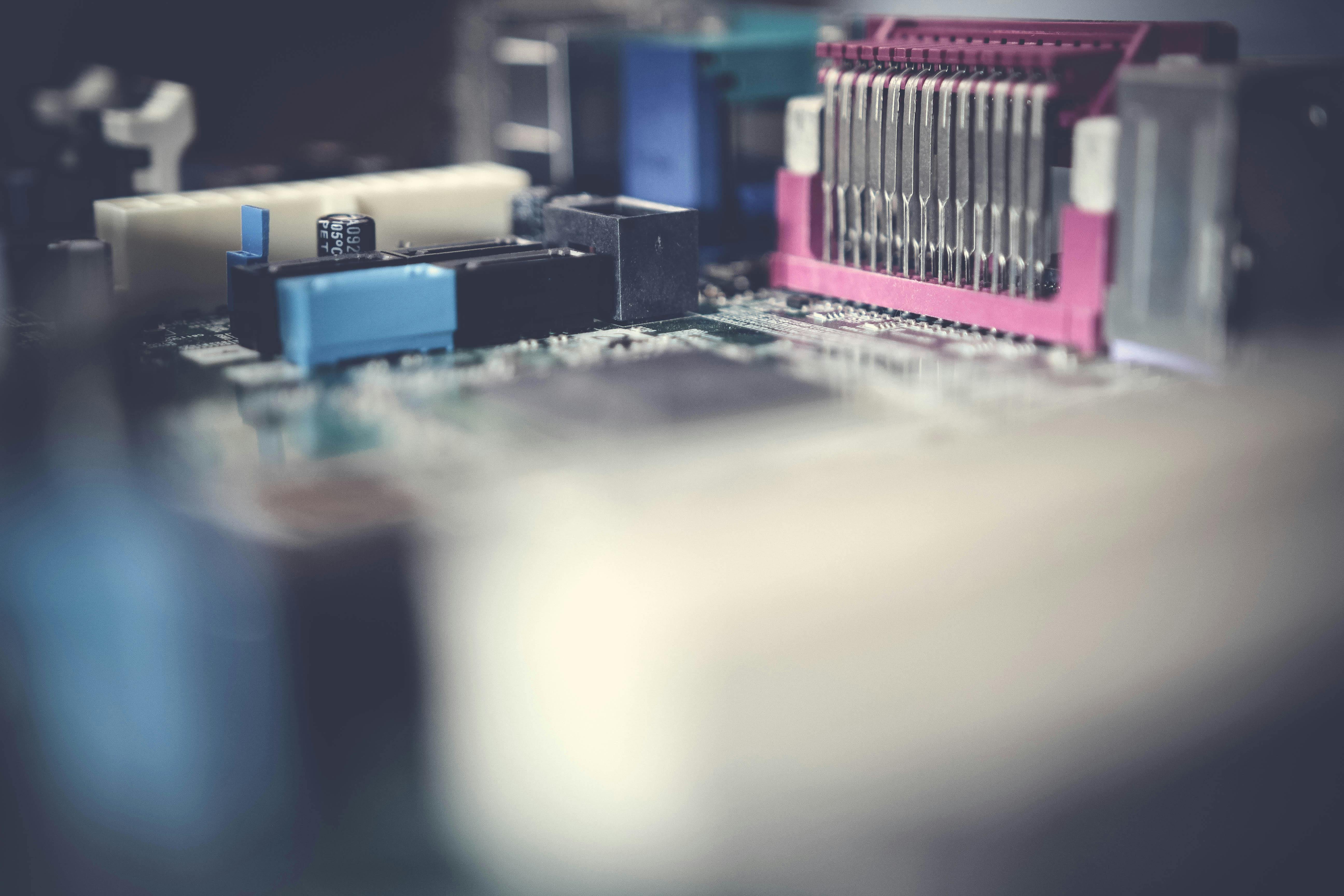Smart home devices are everywhere in a modern house today and range from products like doorbells, home security, lighting, door locks, smoke detectors, etc. Smart home technology is the use of devices in the home that are connected through a network. It uses devices and associated applications that can be remotely monitored, controlled and accessed and provides services based on the needs and expectations of users.
The main function of smartphones and wireless technology is to sync applications over a network. A smart home device communicates through a hub that can be remotely controlled by a smartphone. Several similar devices form an ecosystem (smart home) and communicate with each other to transmit data and enable decisions.
To ensure that smart devices work as specified, companies must ensure that the entire process includes device activation, testing of associated applications, the network environment and its communications so that the expected result works correctly.
Smart home device tests should cover the entire product, including groups, subsystems, components, and services. Smart home technology uses many techniques over the Internet, commonly known as IOT (Internet of Things), such as RFID: Radio Frequency Code, EPC: Electronic Product Code, NFC: Near Field Communication, Bluetooth, Z-Wave , Wi-Fi, Zigbee, etc.
An outsourced QA company can help clients implement a smart testing approach where expectations, conditions, and human actions can be coordinated and deliver a better result. A smart QA company can follow some of the best approaches, such as testing the ability of different software to communicate in any given situation, the ability to test different devices to communicate with each other, testing the environment where a situation triggers smart devices , testing the need for human action to trigger a response from a smart device, replacing repetitive human activities with bots, automating repetitive tests, etc.
Since the application is connected with many different hardware devices, testing each device’s hardware and API integration is a big challenge here. To address this, a dynamic test application can be created, with all the basic functionality needed to test the integration of the application with the hardware. One of the best approaches to simplify testing areas is to categorize the areas as Hardware – Software Performance Testing, Cross-Domain Compatibility Testing, Security Testing, User Experience Testing, Exploratory Testing, Functionality Testing, and Exploratory Testing.
A quality control company will also help overcome various challenges that come with testing smart home products. Test environment replication is expensive as there are different groups, subsystems with third party units, components and services, and it is risky when a single dependent cannot be accessed by the user, which could affect the testing of the entire system. Therefore, collecting correct data for different systems requires a lot of effort and multiple teams. The other challenges involved in device testing are compatibility, complexity, connectivity, power issues, security, privacy, and protection. A good QA company with experience on these multiple platforms will be able to set up the test environment faster and be able to address these challenges.



